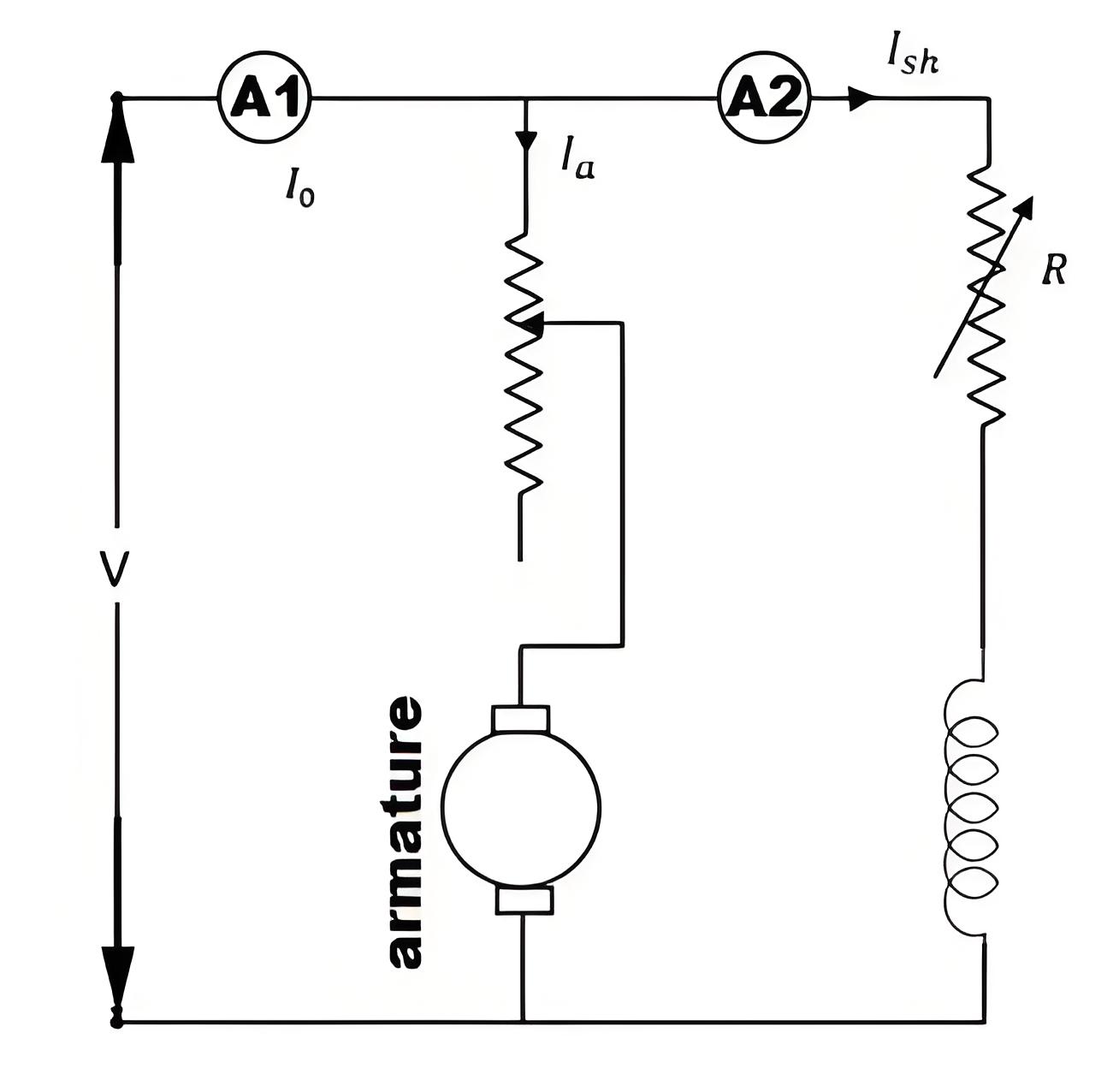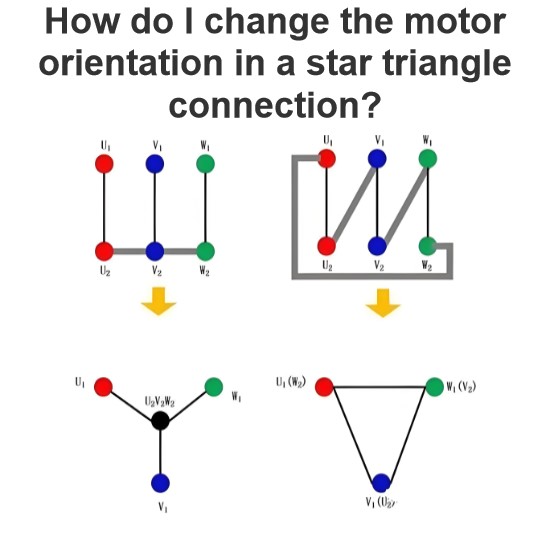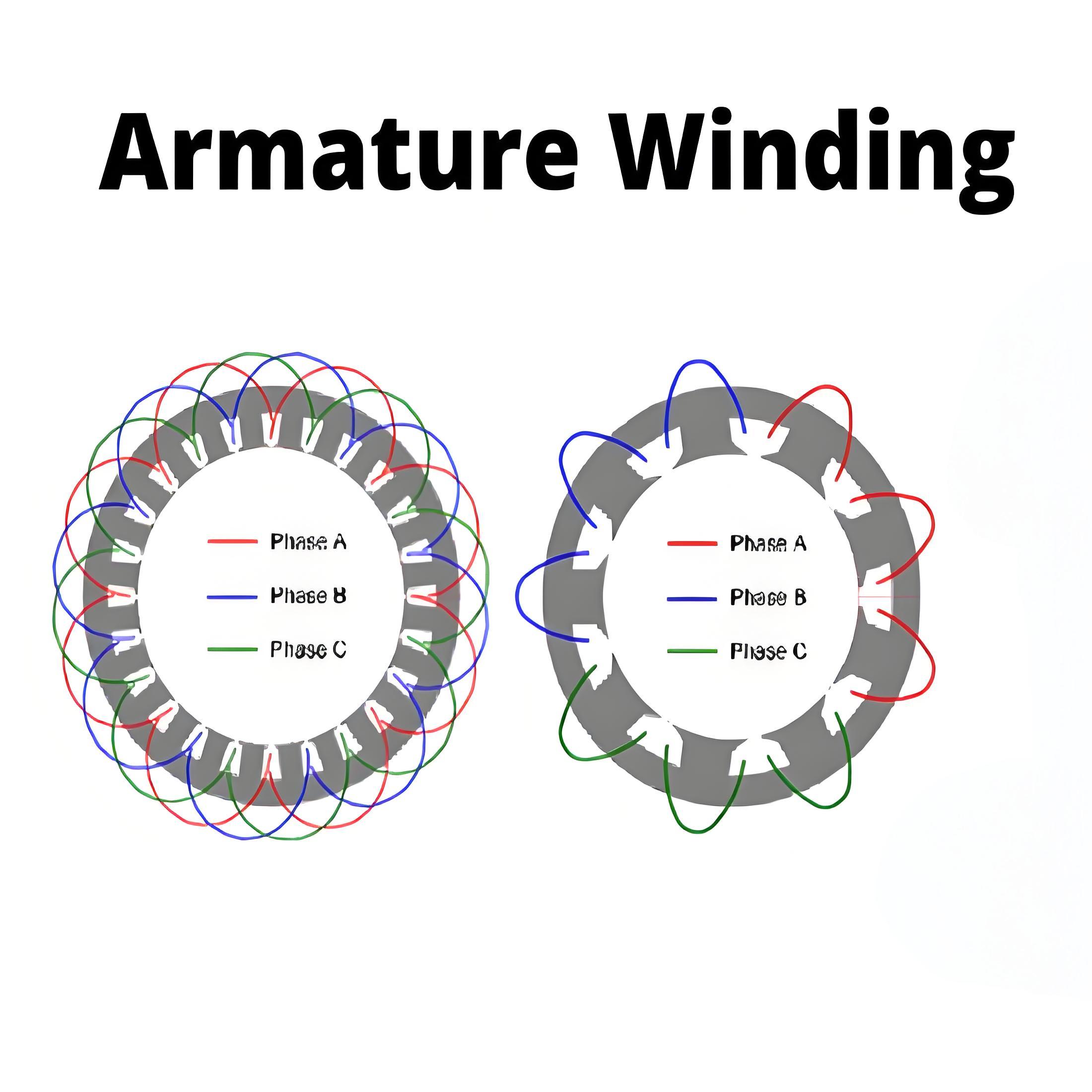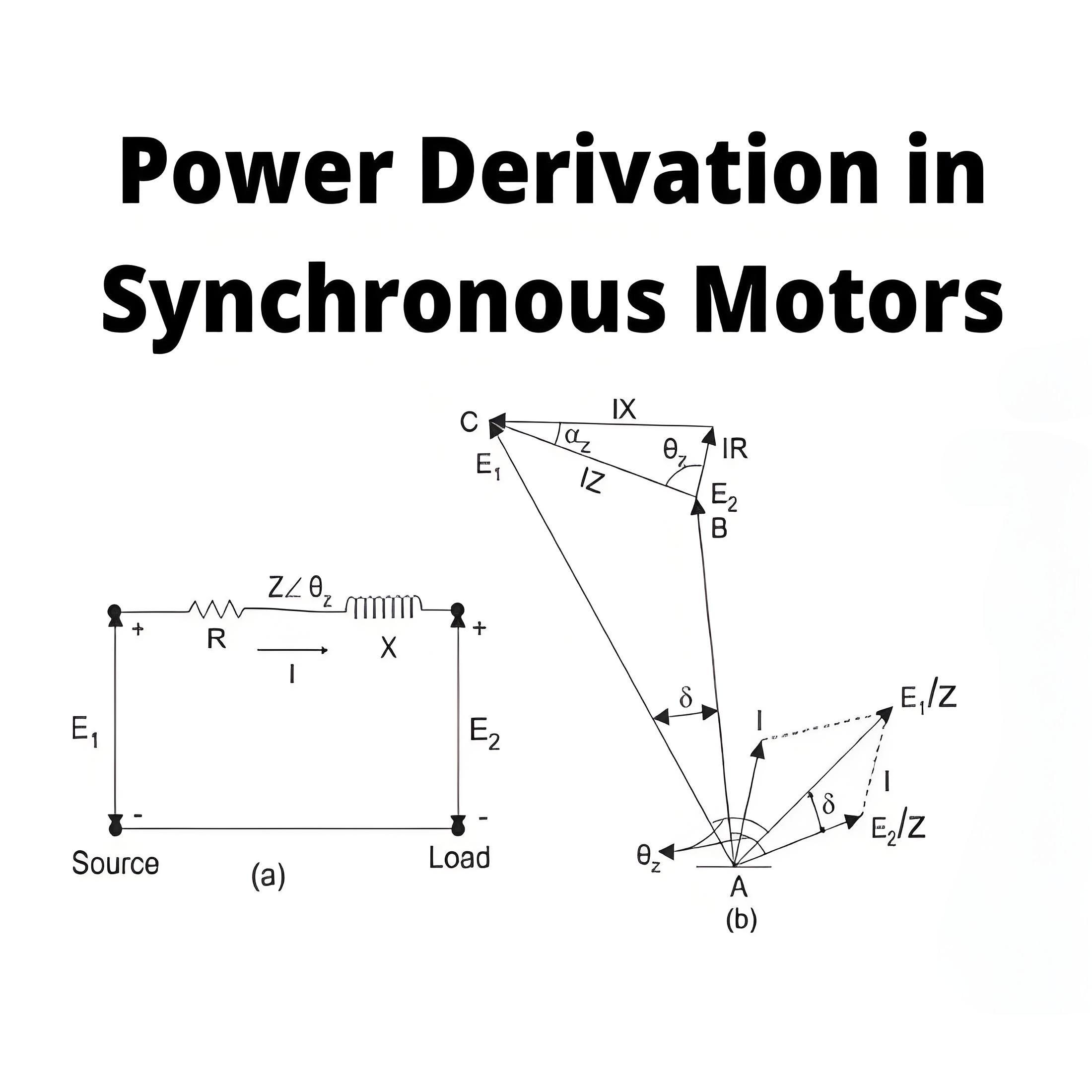What is Swinburne Test of DC Machine?
What is Swinburne Test of DC Machine?
Swinburne Test Definition
The Swinburne test is an indirect method for testing DC machines, named after Sir James Swinburne. It’s a simple and common test for shunt and compound wound DC machines with constant flux. This test pre-determines the machine’s efficiency at any load by running it as either a motor or generator and measuring no load losses separately.
The circuit setup for Swinburne’s test uses a shunt regulator to adjust the machine’s speed to the rated level. The regulator helps control the speed during the test.

Operation Principle
This test runs the machine as a motor or generator to measure its no load losses and calculate efficiency.
Efficiency Calculation
Efficiency is determined by subtracting the armature copper loss from the no load power input and calculating for different loads.
Advantages
This test is very convenient and economical as it is required very less power from supply to perform the test.
Since constant losses are known, efficiency of Swinburne’s test can be pre-determined at any load.
Disadvantages
Iron loss is neglected though there is change in iron loss from no load to full load due to armature reaction.
We cannot be sure about the satisfactory commutation on loaded condition because the test is done on no-load.
We can’t measure the temperature rise when the machine is loaded. Power losses can vary with the temperature.
The Swinburne test cannot be used for DC series motors since it is a no load test.
The Electricity Encyclopedia is dedicated to accelerating the dissemination and application of electricity knowledge and adding impetus to the development and innovation of the electricity industry.













